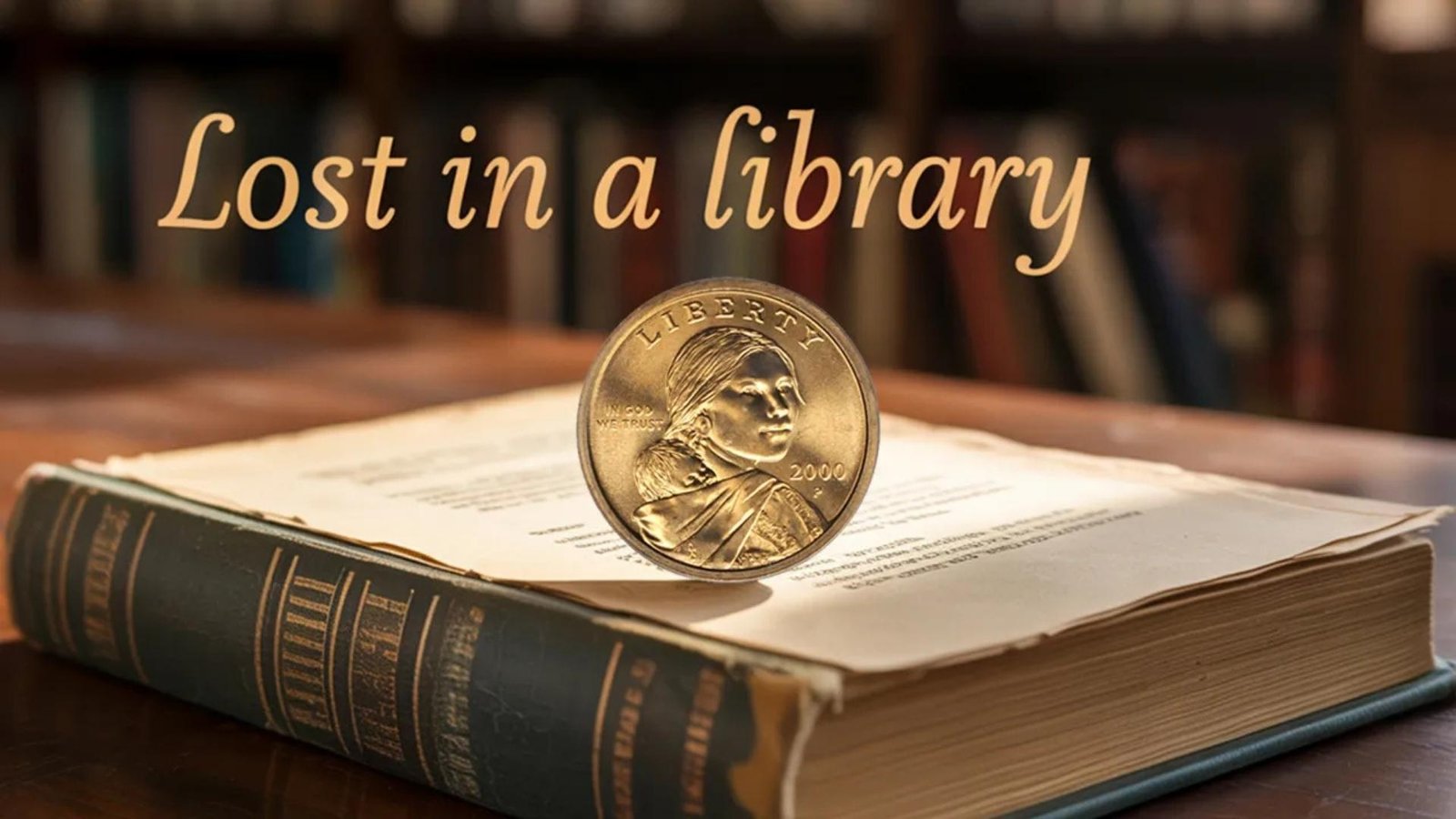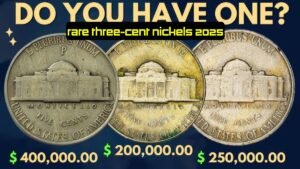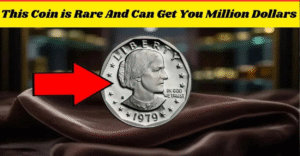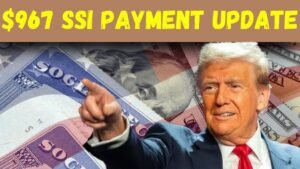Imagine checking out an old library book, only to open its pages and discover a coin that could be worth far more than its face value. That’s exactly what happened when a Sacagawea Dollar was discovered tucked inside a dusty novel. The find has left both readers and coin collectors buzzing with excitement. Could a forgotten dollar in a book really hold the key to a rare numismatic treasure? Let’s uncover the full story.
What Is the Sacagawea Dollar?
The Sacagawea Dollar, first released in 2000, features the Shoshone woman Sacagawea, who guided Lewis and Clark during their famous expedition. Known for its golden appearance, it was designed to stand out from other U.S. coins but quickly faded from circulation. While many people think of it as ordinary, certain rare versions and mint errors have turned the coin into a collector’s dream.
The Mystery Behind the Library Find
The coin was found pressed between the pages of a decades-old history book. At first glance, it seemed like a regular 2000-P Sacagawea Dollar, but upon closer inspection, collectors noticed unique details that suggested it might be one of the more valuable varieties. The fact that it was hidden for so long only adds to the mystery.
Why the Discovery Matters Today
Most Sacagawea Dollars are worth only face value, but some rare types can sell for hundreds or even thousands of dollars. This find has reignited interest in checking old coin collections, bank rolls, and yes—even forgotten books—for hidden treasures. It’s a reminder that valuable coins can appear in the most unexpected places.
Notable Sacagawea Dollar Varieties
Some Sacagawea Dollars are worth far more than one dollar. Here are a few that stand out:
| Year / Type | Key Feature | Approx. Value Range |
|---|---|---|
| 2000-P “Cheerios” Dollar | Extra tail feather detail | $5,000 – $15,000+ |
| 2000-P Mule Error (Quarter Obverse) | Struck with a Washington quarter front | $50,000 – $200,000+ |
| 2000-P Regular Issue (High Grade) | Mint State 67+ condition | $100 – $500 |
| 2007-P Proof with Satin Finish | Limited collector sets | $50 – $300 |
Fascinating Facts About Sacagawea Dollars
- The coin’s golden color comes from a manganese-brass alloy, not real gold.
- A handful of mule errors—Sacagawea reverse with a state quarter obverse—are among the most valuable U.S. coin errors ever struck.
- Some coins were given away inside boxes of Cheerios cereal in 2000, creating one of the most legendary promotional giveaways in U.S. Mint history.
Expert Tips: How to Check If Your Sacagawea Dollar Is Valuable
- Inspect the Details: Look closely at the eagle’s tail feathers on 2000-P coins. Extra detail means you may have a Cheerios variety.
- Check Mint Errors: Off-center strikes, double dies, or mule mismatches could mean big money.
- Focus on Condition: Coins graded MS65 or higher can be significantly more valuable.
- Get Professional Grading: Certification from PCGS or NGC increases trust and selling power.
FAQs About Sacagawea Dollars
Q: Are Sacagawea Dollars still in circulation?
A: Yes, but they are rarely seen in everyday use. Most are saved or collected.
Q: How can I tell if I have a Cheerios Dollar?
A: Look for the enhanced eagle tail feathers. These are sharper and more detailed than regular issues.
Q: Can a regular Sacagawea Dollar be valuable?
A: While most are only worth $1, high-grade or error coins can fetch hundreds.
Conclusion: Hidden Treasure in Plain Sight
The library book discovery of a Sacagawea Dollar is more than just a fun story—it’s a reminder that collectible treasures may be hiding right under our noses. From rare Cheerios Dollars to extraordinary mule errors, these coins prove that a simple dollar can be worth a small fortune. So the next time you stumble upon an old book, drawer, or coin jar, take a closer look. Who knows? You might uncover your own hidden treasure.




